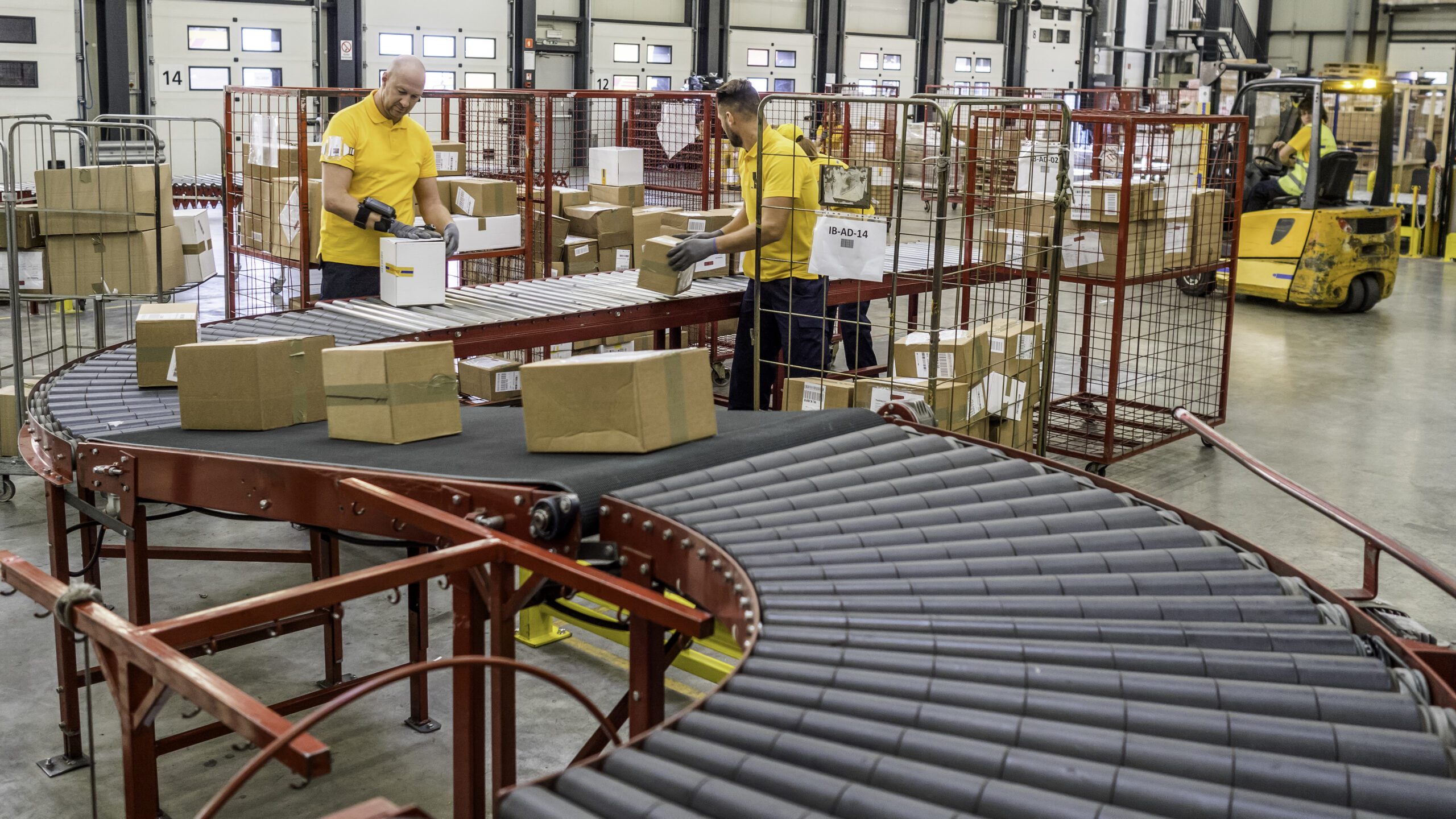Incorporating Ergonomics into Conveyor Systems Enhancing Efficiency and Worker Safety

Conveyor systems play a crucial role in various industries, enabling the smooth and efficient movement of goods and materials throughout the production process. As these systems have become increasingly automated and technologically advanced, it is essential to consider the ergonomic factors associated with their design and operation. By incorporating ergonomics into conveyor systems, businesses can enhance both productivity and worker safety, creating a win-win situation.
Ergonomics, in simple terms, is the study of designing equipment and systems to fit the capabilities and limitations of individuals. When applied to conveyor systems, ergonomics aims to optimize the interaction between workers and the equipment, ensuring that tasks can be performed comfortably and efficiently. Here are some key considerations for incorporating ergonomics into conveyor systems:
1. Conveyor Height and Accessibility: The height of the conveyor should be adjustable to accommodate workers of varying heights. This allows each worker to maintain a comfortable posture while performing their tasks, reducing the risk of musculoskeletal disorders. Additionally, incorporating access platforms and step stools can make it easier for workers to reach different parts of the conveyor system without straining or stretching excessively.
2. Workstation Design: Designing ergonomic workstations along the conveyor line can significantly improve worker comfort and efficiency. Workstations should be designed with proper lighting, adequate space for tools and equipment, and easy access to controls and displays. Implementing anti-fatigue mats can reduce stress on workers’ feet and legs during long shifts. Workstation cranes can also be installed to assist with lifting and moving heavy objects, reducing the strain on workers’ bodies. These cranes provide a flexible and adjustable lifting solution that can be easily positioned to support workers in various tasks along the conveyor system.
3. Manual Handling and Lifting: Conveyor systems often require manual handling and lifting of objects. By integrating ergonomic principles, businesses can minimize the risk of injuries. Conveyor systems can be equipped with lift-assist devices, such as lift tables or lift carts, to reduce the physical strain on workers. Lift tables are adjustable platforms that can be raised or lowered to the desired height, allowing workers to position themselves comfortably while loading or unloading items onto the conveyor. These devices help to minimize bending, reaching, or lifting heavy loads, reducing the risk of back injuries.
4. Visual and Auditory Cues: Clear visual and auditory cues are vital for efficient and safe operation of conveyor systems. Incorporating well-designed control panels with intuitive symbols and labels can help workers quickly understand and respond to the system’s status and alerts. Furthermore, integrating audible alarms or signals can alert workers to potential hazards or malfunctions, enhancing overall safety.
5. Maintenance and Repair Considerations: Ergonomics should also be considered during maintenance and repair tasks on conveyor systems. Providing sufficient clearance and access points for maintenance personnel, as well as incorporating ergonomic tools and equipment, can streamline these tasks and reduce the risk of accidents or injuries. Workstation cranes can again prove valuable in these situations, as they can assist in lifting and maneuvering heavy components or equipment during maintenance or repair work.
Incorporating ergonomics into conveyor systems is a proactive approach that promotes worker well-being, minimizes the risk of injuries, and improves overall operational efficiency. By designing systems that consider the physical capabilities and limitations of workers, businesses can create a safer and more comfortable work environment. Moreover, an ergonomic focus can enhance productivity, reduce absenteeism due to work-related injuries, and contribute to a positive organizational culture.
It is important for businesses to collaborate with ergonomics experts, industrial engineers, and workers themselves to identify potential ergonomic issues and implement appropriate solutions.
Explore Recent Resources
- Maximize Warehouse Efficiency with Drive-in Systems
- Enhancing Efficiency and Productivity: The Benefits of Pallet Flow Racking Systems in a Warehouse Environment
- Introducing LJS Solutions: Your One-Stop OEM Support Partner for Production Line Parts
- The Benefits of Display Lighting in Visual Merchandising
- Enhance Retail Success: Incorporating Point-of-Purchase Displays
- Exploring the Advantages of Cantilever Racking Systems
- The Advantages of Rack-Supported Buildings
- Pallet Rack Moving Systems
- Overloaded Beams Pose Safety Hazard
- The Seven Most Common Types of Pallet Rack Systems
